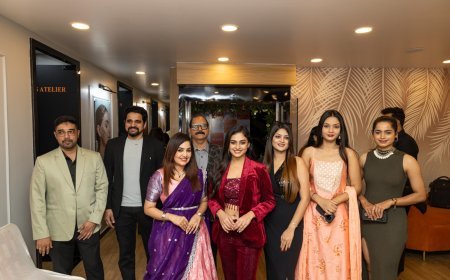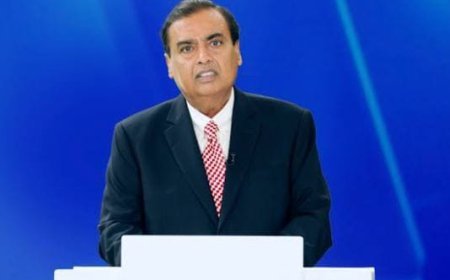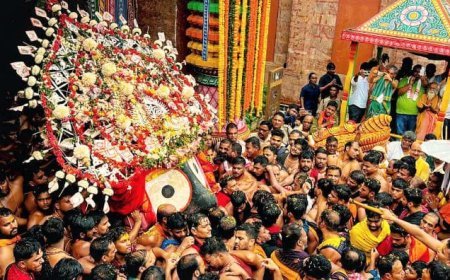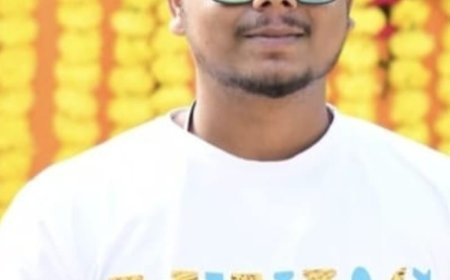THE BRIGHTEST STAR OF VISUAL ART :SHILPIGURU BIMBADHARA VARMA
THE LEGEND

Sanjay Bhatt
Shilpiguru Bimbadhara Varma was a beacon of artistic brilliance, whose life and work have left an indelible mark on the cultural landscape of Odisha. Born on August 21st, 1901, in the tranquil village of Kusupuru in the undivided Cuttack district, Bimbadhara's journey was one of passion, perseverance, and profound creativity. His father passed away when he was just a child, leaving his mother, Sarada Devi, to raise him alone. Sarada Devi, a devoted mother and daughter-in-law in a traditional Odia family, immersed herself in the rituals and festivals that marked the Odia calendar, painting beautiful “jhooti chitaa muruja” designs on the mud walls of their home.
It was in these early years, watching his mother’s delicate artistry, that young Bimbadhara’s fascination with visual art began to blossom. He would gather silt from the village pond and experiment with sculpting, his hands shaping the raw earth into forms that reflected the world around him. Though his formal education was cut short, the seeds of creativity had already been sown deep within his heart.

Bimbadhara’s first formal training in sculpture came under the guidance of Raghunatha Panda, a local sculptor from his village. Later, he honed his skills under Rakhel Babu in the nearby village of Chaiaanpala, mastering the intricate techniques of sculpture. As his reputation grew, Bimbadhara began to be recognized as a rising star in the Maahanga area. Despite his growing fame, his mother Sarada Devi harbored deep-seated fears and superstitions about the life of a sculptor. She believed that sculptors, by shaping divine forms, disrespected the deities and were therefore cursed to be childless. To honor his mother’s wishes, Bimbadhara made a solemn vow never to marry—a vow he upheld until his last breath.
Bimbadhara’s talent soon caught the attention of Palli poet Nanda Kishore Bala, who invited him to Cuttack to work on a stage project. Here, Bimbadhara was tasked with painting a curtain depicting the temple city of Bhubaneswar. His depiction of the majestic Lingaraj Temple was so lifelike and detailed that Nanda Kishore Bala marveled at how Bimbadhara had “built such a grand Bhubaneswar Lingaraj Temple at a cost of just four paise!”
This project marked the beginning of Bimbadhara’s rise to prominence. His work became widely known, and his reputation as an extraordinary artist spread far and wide. His portraits of Bal Gangadhar Tilak and Mahatma Gandhi, rendered in oil, garnered acclaim not just within Odisha but beyond its borders.
In 1928, the eminent leader Madhusudan Das, inspired by the unique cultural identity of Uttarakhand, envisioned a series of paintings depicting Utkal Mata, the personification of Odisha. Bimbadhara Varma was commissioned to create five oil paintings in just five days. Each painting was a masterpiece in its own right, capturing the essence of Odisha’s natural beauty, its cultural heritage, and the plight of Odia children in various provinces. The sheer speed and precision with which Bimbadhara completed this task left Madhusudan Das awestruck, and he publicly embraced the artist, showering him with blessings.
One of Bimbadhara’s most significant contributions came soon after, when he was commissioned to create a statue of the late Gopabandhu Das. Crafted from plaster of Paris, this statue was a flawless representation of the revered leader, and it became the definitive image that other artists would later emulate.
Shilpiguru Bimbadhara Varma was more than just a sculptor or painter; he was a visionary who channeled the soul of Odisha into his art. His work continues to inspire generations, a testament to his unmatched talent and unwavering dedication to his craft. His legacy, much like the art he created, remains timeless, etched into the very fabric of Odisha’s cultural history.









































